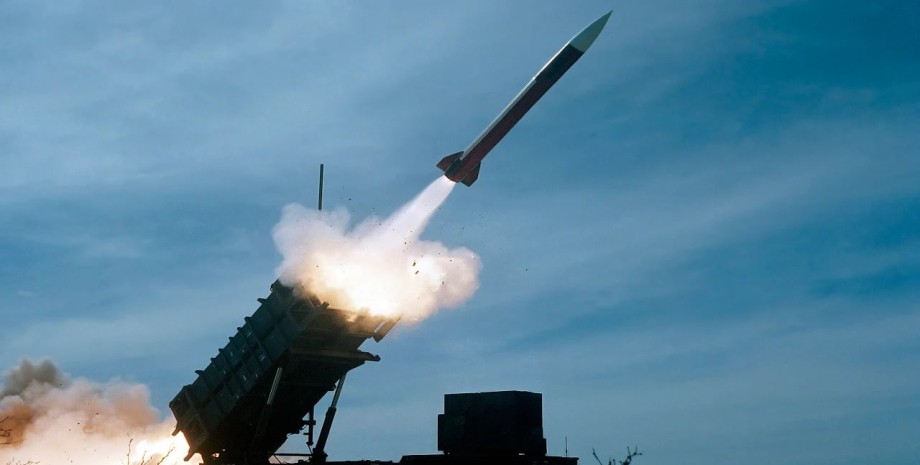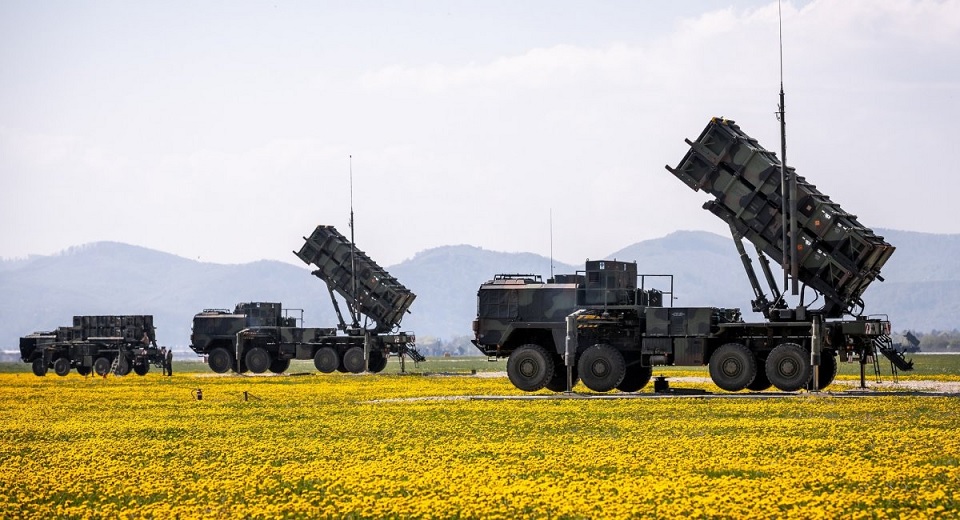
Ukrainian SAMs adapted to Patriot missiles: how it was done
The Pentagon has decided to strengthen Ukraine’s air defense with the FrankenSAM program. It aims to adapt Soviet-era SAMs to foreign-made missiles. As part of this program, U.S. experts integrated AIM-7 and AIM-9M missiles with Buk and Strela-10 SAMs. The most powerful integration was the adaptation of Ukrainian SAMs to launch Patriot missiles.
The Patriot air defense system uses GEM-T missiles to intercept aerodynamic targets. In addition, it can fire CRI and MSE anti-missiles. All three types of missiles require radio guidance at the initial stage of targeting. It is carried out using radar.

During the final segment of the flight, the CRI and MSE kinetic interceptors activate their own radar. The GEM-T missile is equipped with a radar that operates in a semi-active mode in parallel with the ground-based radar of the complex. To decouple it from the radar, which is the most expensive component of the Patriot system, American specialists used the RIG-360 system. It allows transmitting radio commands from any digital radar to the missile.

Ukraine produces modern radars on its own. An example is the 80K6KS1 Phoenix. Apparently, American engineers have integrated launchers from the Patriot system with the RIG-360 system and one of the Ukrainian radars. Thus, they managed to resolve the most painful issue related to the transfer of American air defense systems to the Ukrainian Armed Forces. The fact is that even in the American army they are worth their weight in gold. In total, it has 60 Patriot systems. Each of them includes an expensive radar. The Ukrainian Armed Forces no longer need radar stations. The transfer of some PUs is not as painful as the delivery of the entire complex. Thus, the capabilities of the Ukrainian army in terms of intercepting “ballistics” can be significantly expanded.

